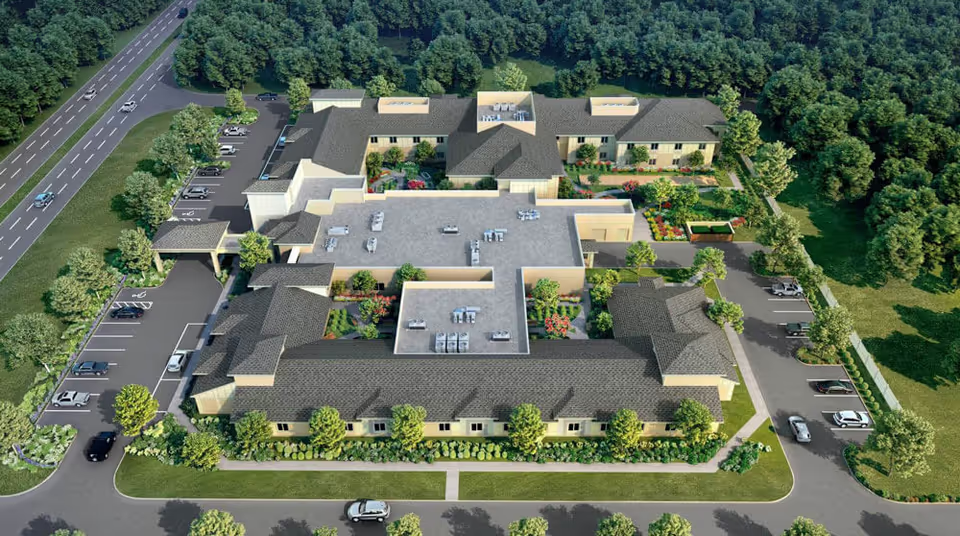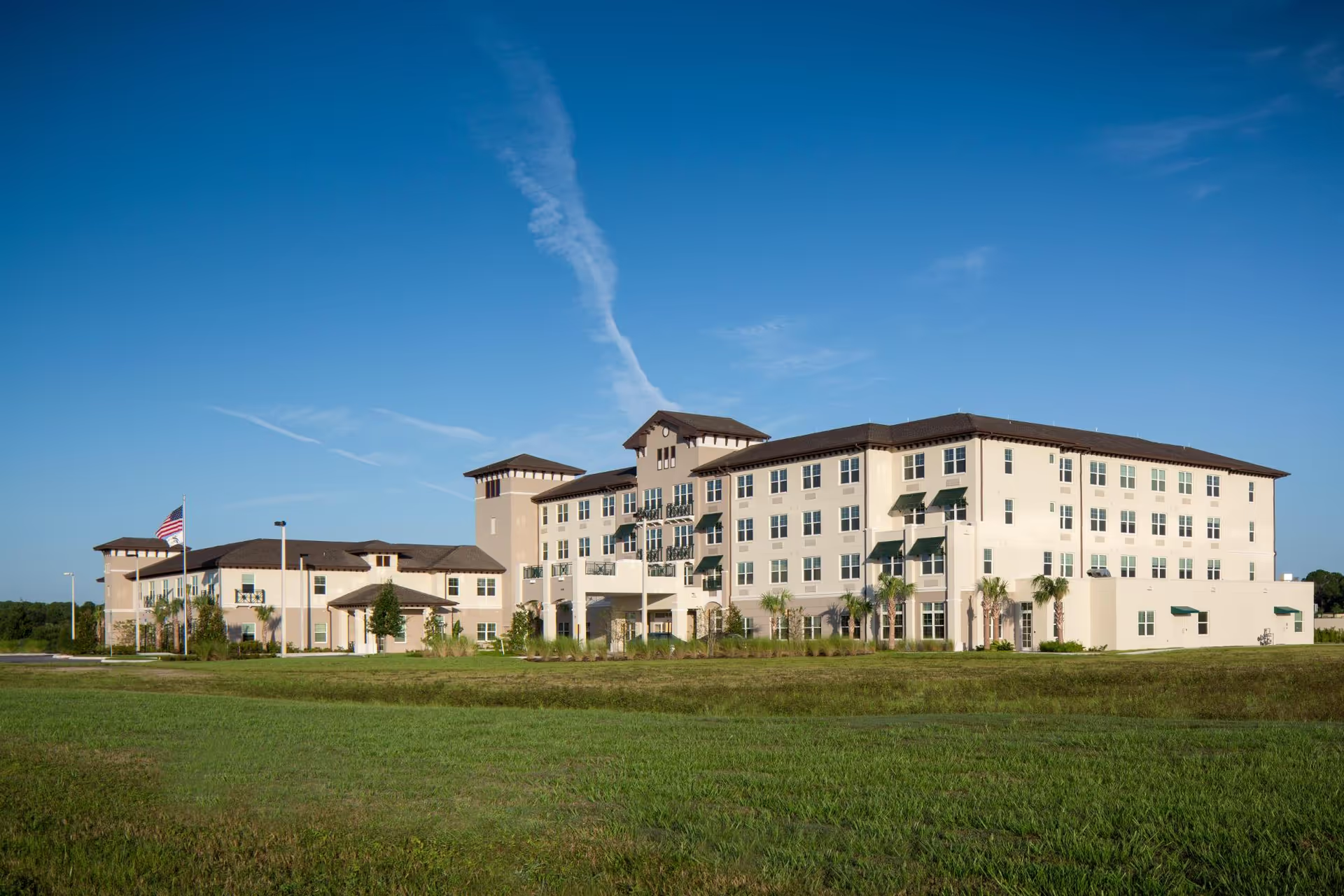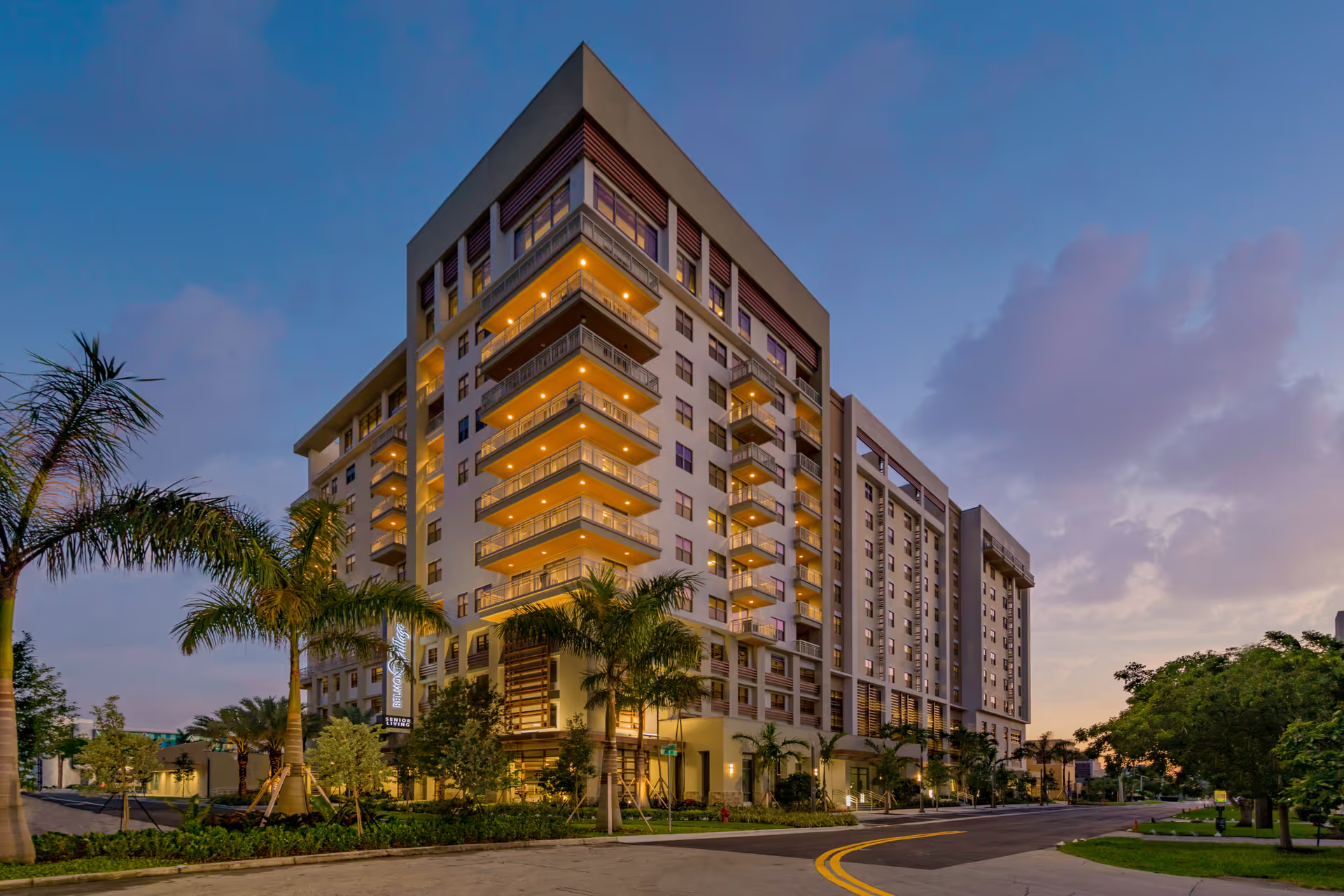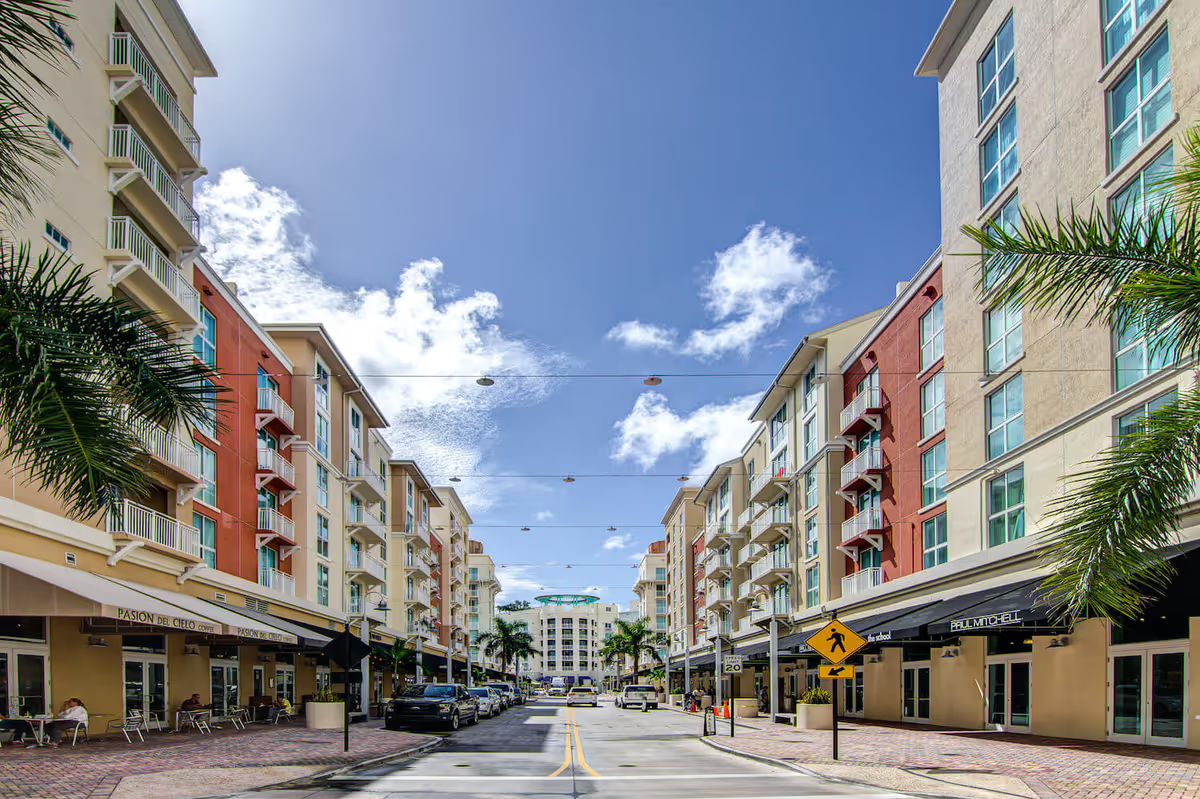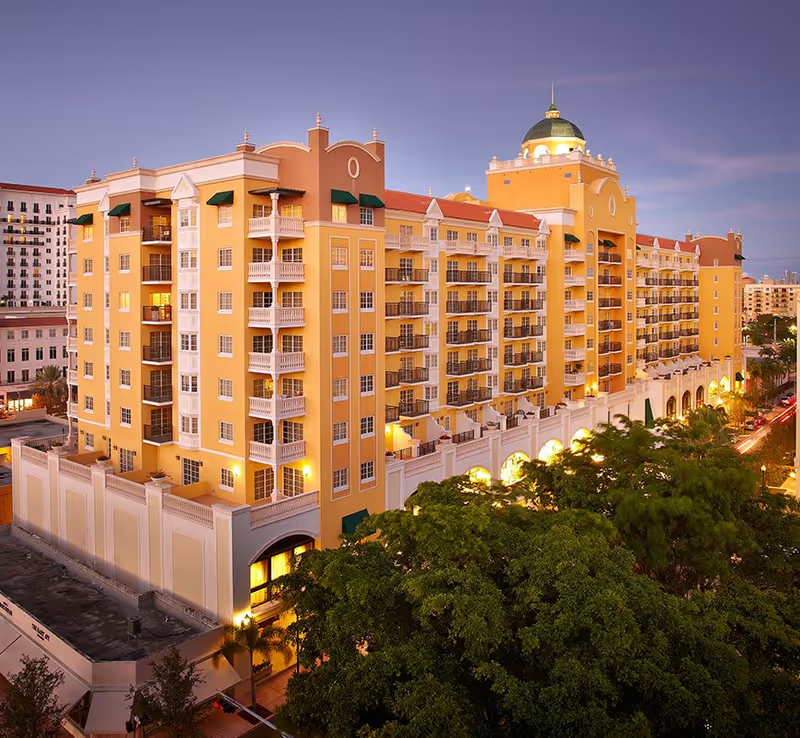Overall impression: Reviews portray The Blake at Pensacola as a visually attractive, newly built senior living community with many resort-style amenities and a base of very dedicated staff. A substantial number of reviewers highlight exceptional individual employees and teams—nurses, aides, activities staff, front desk and dining personnel—who provide compassionate, personalized care and create a warm, family-like atmosphere. Many families praise the bright apartments, thoughtful common spaces (piano lounge, courtyard, theater, beauty shop), on-site therapy and nursing services, and frequent social programming that contribute to residents’ quality of life.
Care quality and staffing: The dominant theme across reviews is a sharp divide in experiences tied closely to staffing levels and management responsiveness. Numerous reviews praise the attentiveness and professionalism of named caregivers and nurses who “go above and beyond,” facilitate smooth rehab/hospital transitions, and provide hands-on, loving care. Conversely, a sizeable number of comments describe chronic understaffing, inexperienced workers, and overwhelmed supervisors that lead to missed care tasks (undone laundry, missed meds or medication mishandling, patients left to fend for themselves). These gaps are cited as causing declines in cleanliness and individualized care at times, and reviewers link many negative experiences directly to insufficient caregiver-to-resident ratios and high turnover.
Facilities, amenities and maintenance: The building, apartments and public areas are consistently praised for being clean, bright and upscale. Many reviewers liken the atmosphere to a 5-star resort and appreciate the design elements, high ceilings, and amenities such as the piano lounge, courtyard, movie/theater room, and activity spaces. However, there are recurring reports of broken or unrepaired equipment (for example, a projector out of service for months) and limited maintenance coverage (one handyman), which reviewers attribute to staffing or operational shortcomings rather than to the physical plant itself.
Dining and activities: Dining is a frequent positive with multiple mentions of restaurant-style service, varied menus, salad bars and accommodating kitchen staff; several reviewers specifically call the food outstanding. That said, others report variable food quality and meals that were unsuitable for sensitive diets, and a subset finds dining “inedible.” Activities receive broad praise for creativity and resident engagement—many specific staff (including activities directors) are singled out for exceptional effort and successful outings—but consistency suffers when staffing is thin. When staff are stretched, planned events are sometimes reduced to TV time or cancelled, which negatively impacts residents who depend on organized programming for social engagement.
Management, cost and communication: Views of leadership are mixed. Several reviewers commend recent changes in management and a new COO/executive director for improving operations and responsiveness, while others recount unresolved complaints, billing disputes, aggressive or unhelpful managerial responses, and a sense that decisions are profit-driven. Rent and fee increases recur as a concern (with multiple reports of substantial monthly increases and extra fees), creating perceptions of poor value when care and services decline or are inconsistent. Communication is also inconsistent: some families experience clear, timely outreach and prompt callbacks; others report unreturned calls and lack of follow-through, especially during staffing transitions.
Safety, privacy and memory care: Memory care and dementia services elicit polarized feedback. Some reviewers praise knowledgeable, empathetic memory-care staff and report positive outcomes; others report serious concerns, including inappropriate handling of late-stage Alzheimer’s, discharges without resolution, and administration unfamiliar with dementia needs. Additional red flags raised by reviewers include episodes of missing clothing or possessions, allegations of theft, and reports of privacy intrusions or unauthorized recordings—issues that families flagged as serious threats to trust and safety.
Overall pattern and recommendations: The aggregated picture is one of a high-potential community that delivers exceptional experiences when staffed and managed effectively, but that can fall short in consistency when worker shortages or leadership failures occur. Positive experiences concentrate around committed frontline staff and the quality of the physical environment; negative experiences concentrate around understaffing, inconsistent operational follow-through, billing and cost concerns, and episodic safety/cleanliness problems. Prospective residents and families should weigh the strong amenities, engaged staff and medical services against reports of variability in care and rising costs. Recommended due-diligence steps include asking about current caregiver-to-resident ratios, staff turnover rates, recent management changes, specific memory-care protocols, documented incident and theft reporting procedures, sample menus and dietary accommodations, and contract/fee escalation policies before committing.

